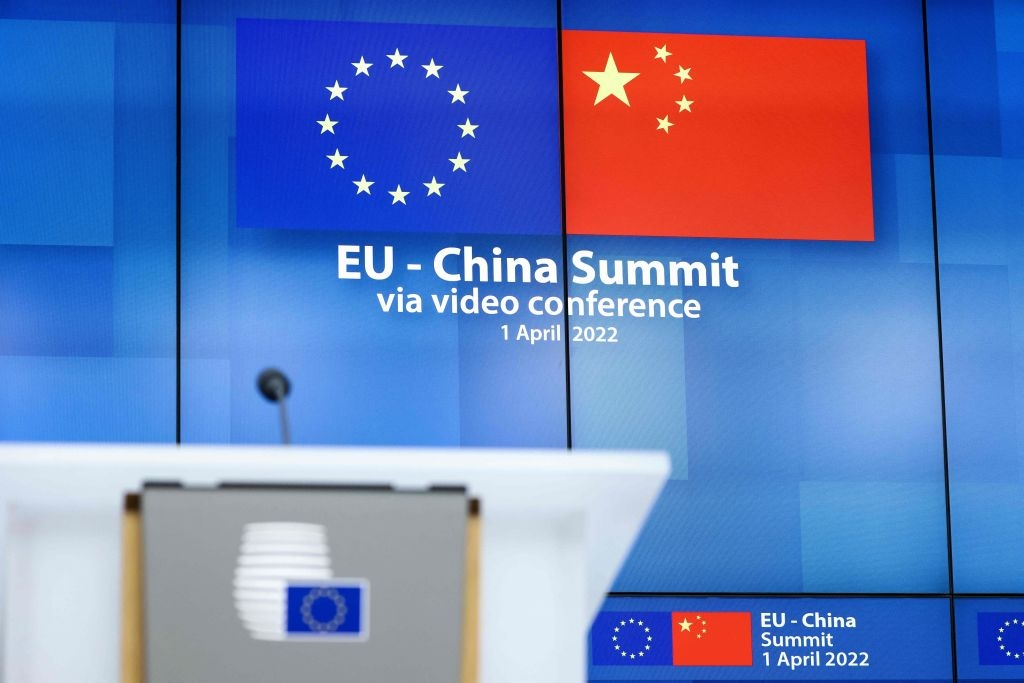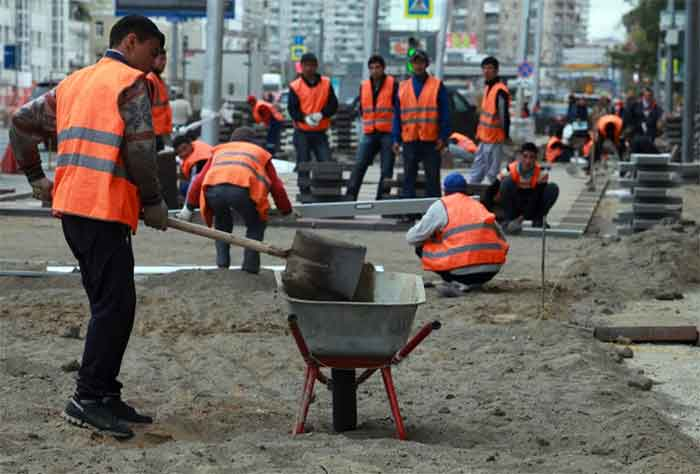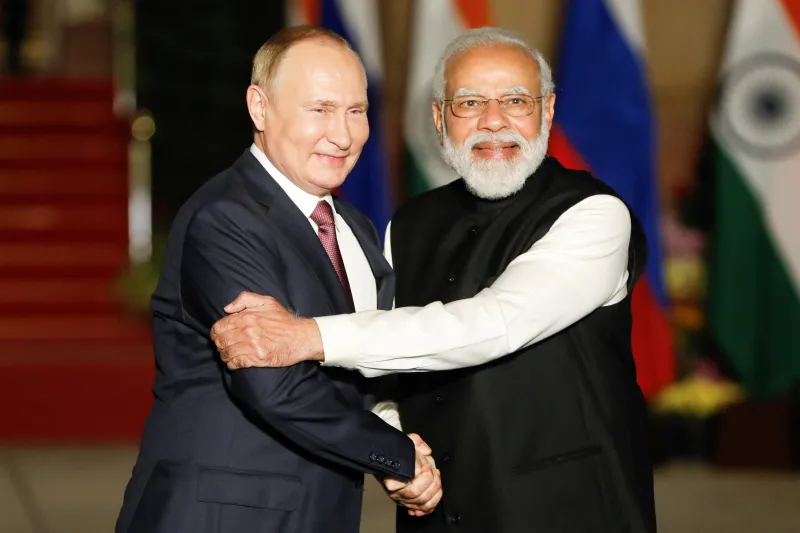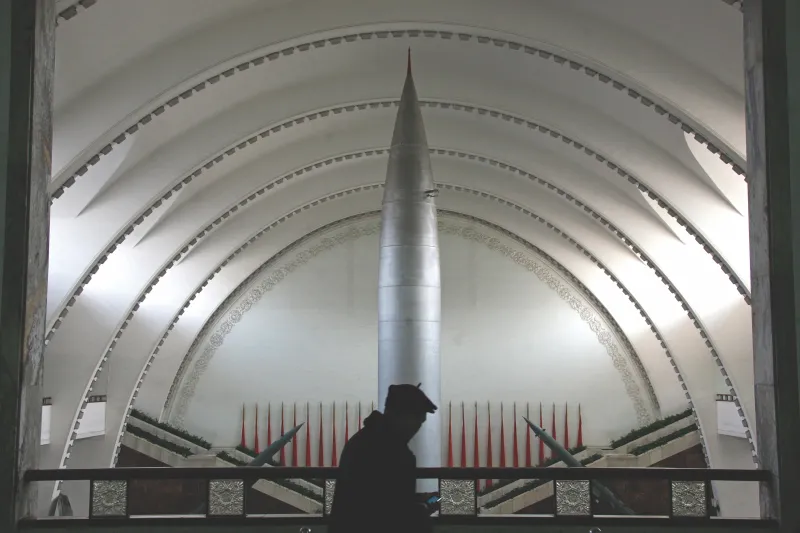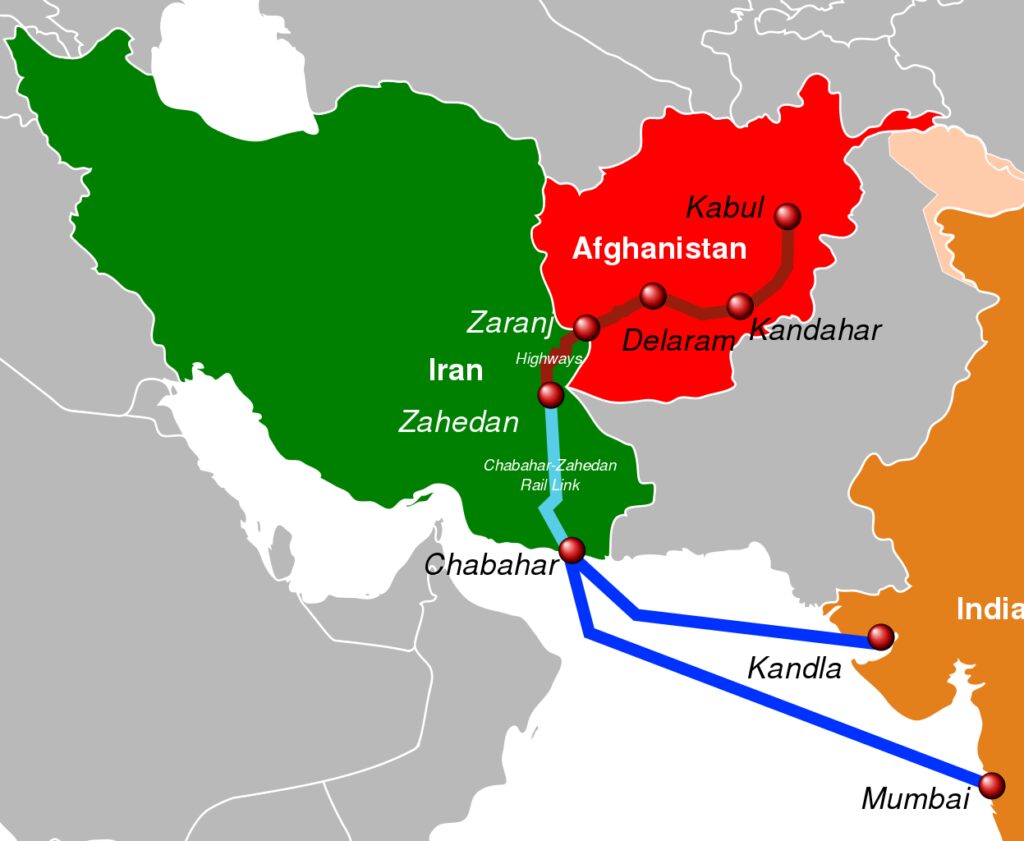Pressured by the West Over Russia, Serbia May Look To China

As Belgrade feels the heat over its warm ties to Moscow, Beijing’s stake in the country is likely to grow.
Serbia is coming under significant pressure over its policy towards Russia due to current events in Ukraine. A country on track to EU accession, with European values enshrined in its constitution and a near-majority supporting EU membership, it has long benefitted from cooperation both with Europe and Russia. This policy is supported by a high share of the population, especially supporters of the current government. But now, as a sharp turn further in the direction of either Russia or the EU looks relatively unlikely, Chinese influence is likely to increase.

